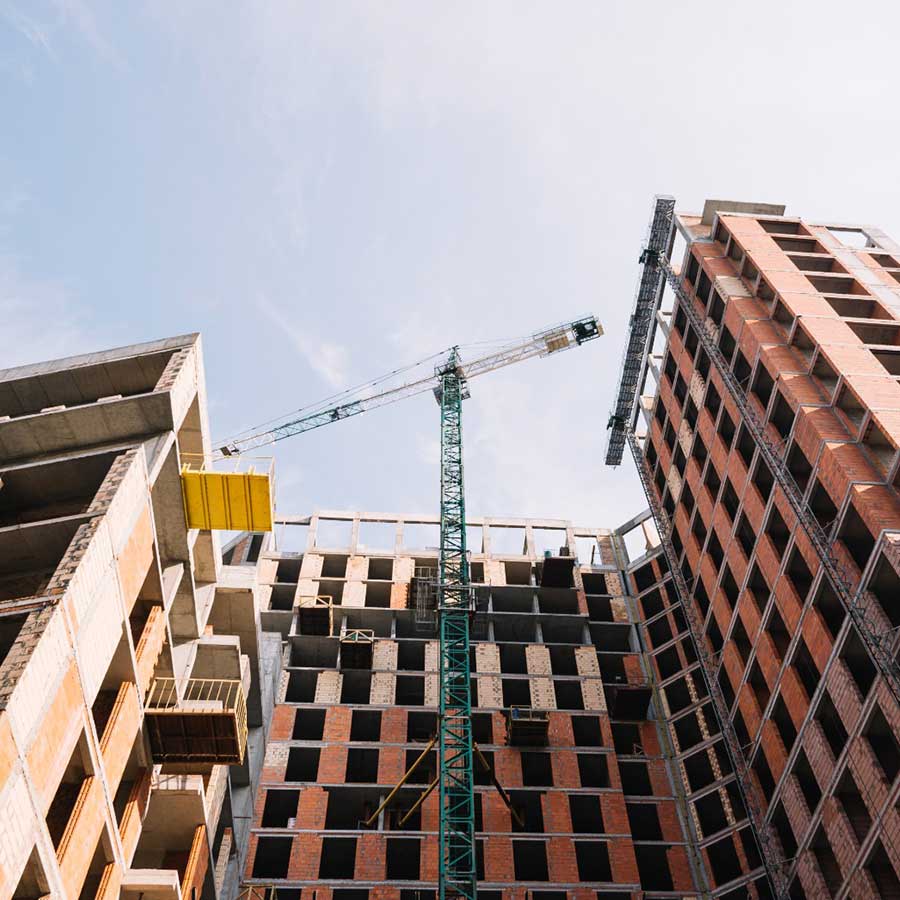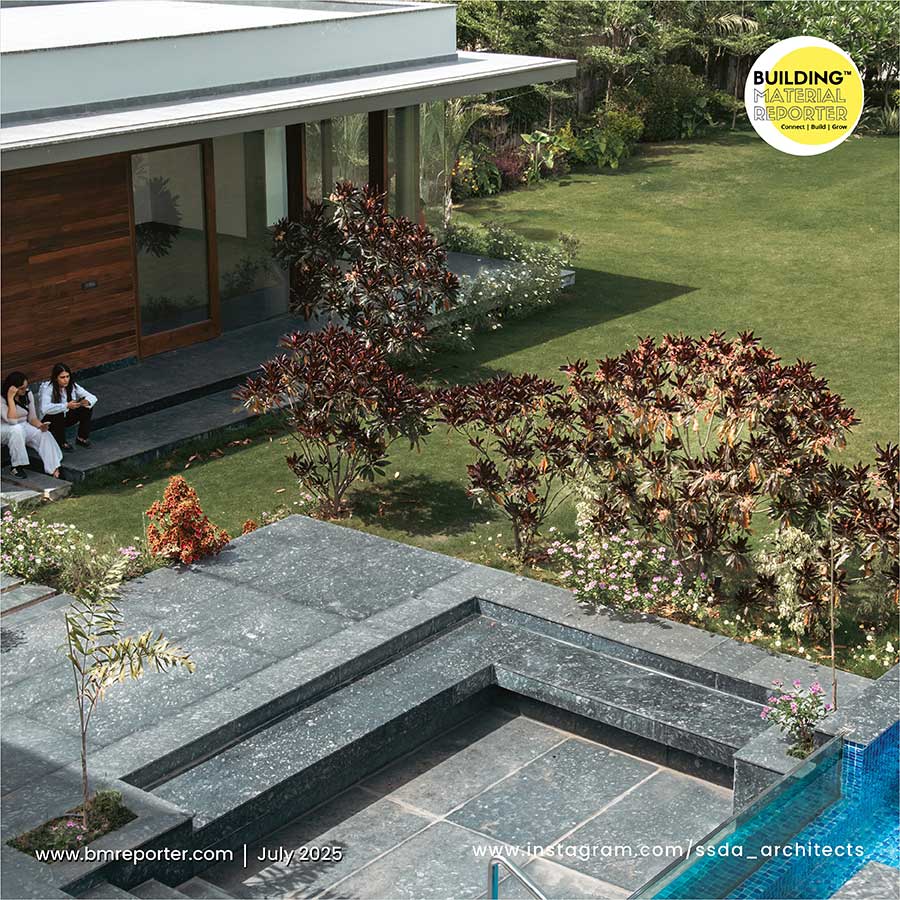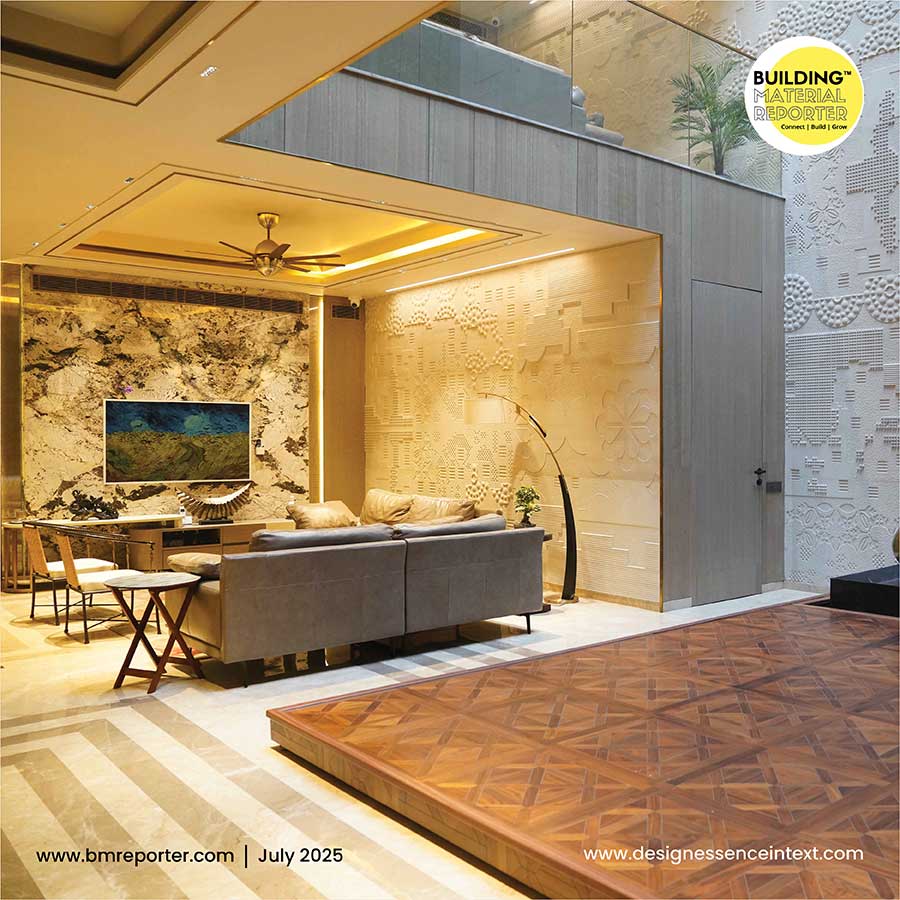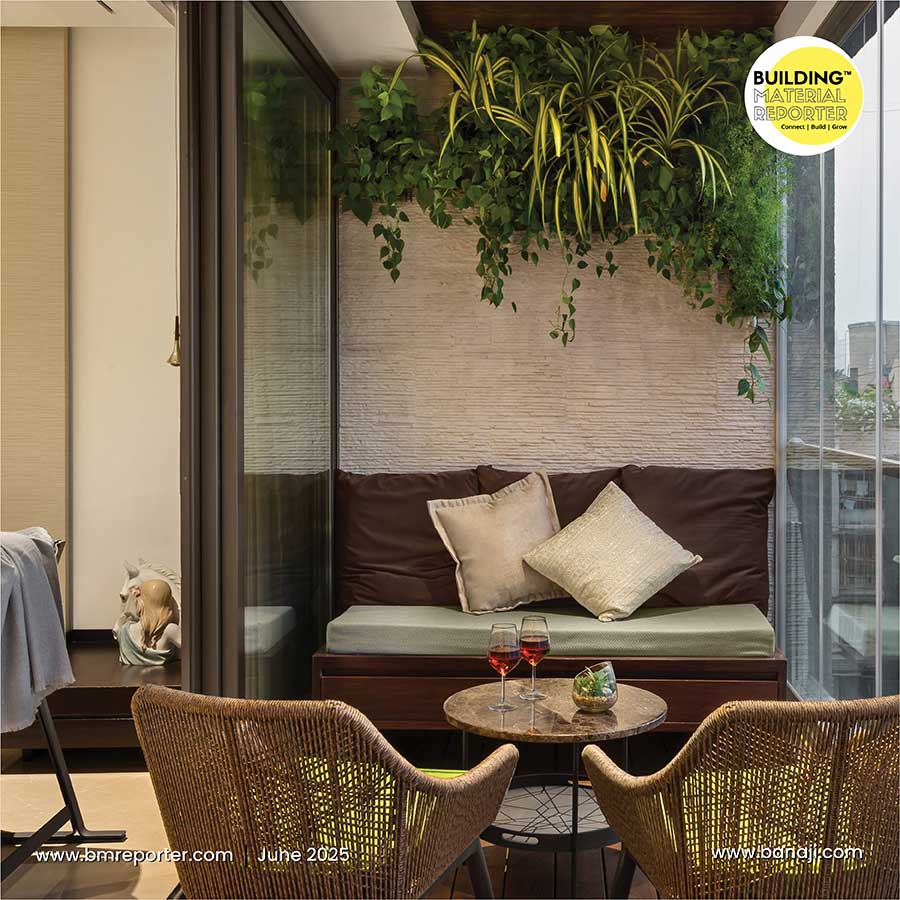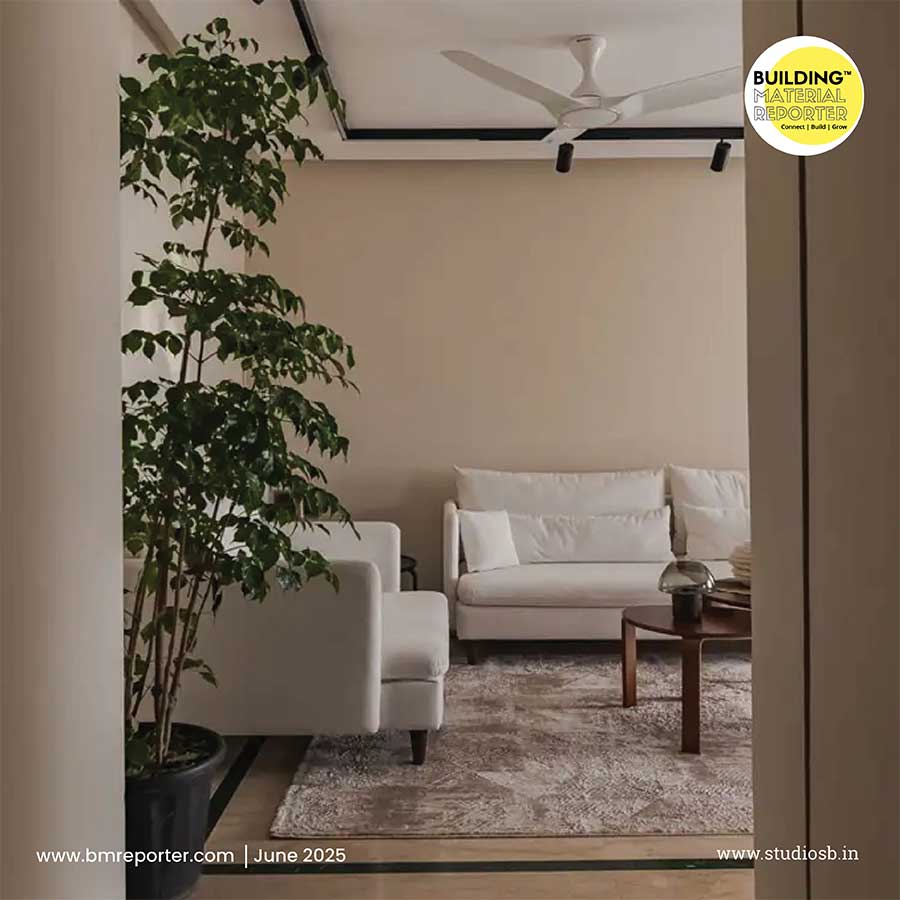The Best of Bawa
- July 25, 2024
- By: Editorial Team
- INFLUENCERS

Today, we can't even begin to imagine what Asia would look like without his influences strewn all over Singapore, Bali, and Colombo. Bawa essentially invented a new vernacular architectural style appropriate for most of Asia's hot, humid climate. This man, then, had fused local construction traditions with modern forms and sensibility to create harmonious and pleasurable buildings that have become legendary in the region and influential all around the world from Sri Lanka.
Bawa's parental influence played a major role in shaping his career and personal decisions. He was born to Bertha Marianne Schrader who was of German, Scottish and Sinhalese descent and Justice BW Bawa who was of Sri Lankan, Muslim and French descent. Similar to his father and grandfather, Bawa first pursued a legal education and career. However, following the untimely deaths of his parents, he left his career to journey through Asia, Europe, and the United States. After coming back home, he started designing spaces, starting with Lunuganga, his own rubber plantation. This was quite economical from his end as he kept costs down by using conventional building materials and accounting for the local climate in his designs.
Bawa's life took a sharp turn due to his personal experiences, which led him to become an architect. Throughout his career, he worked on a variety of projects including hotels, clubs, schools, offices, and government buildings.
Talking amongst his various finesse, there's the Lunuganga. Bawa purchased a fifteen-acre rubber plantation to build his country estate, which he would later name Lunuganga. He used this expansive, beautifully designed paradise as an experimental canvas. Italian Baroque gardens, Japanese garden art, English landscape gardens, and Sri Lanka's ancient water gardens were all greatly influenced by the landscaping. This blend of different landscape forms is situated on a mix of hilly and level ground with an amazing water interface. The gecko roman statues and other installations placed all over the estate draw the eye through the string of built forms woven through the landscape.
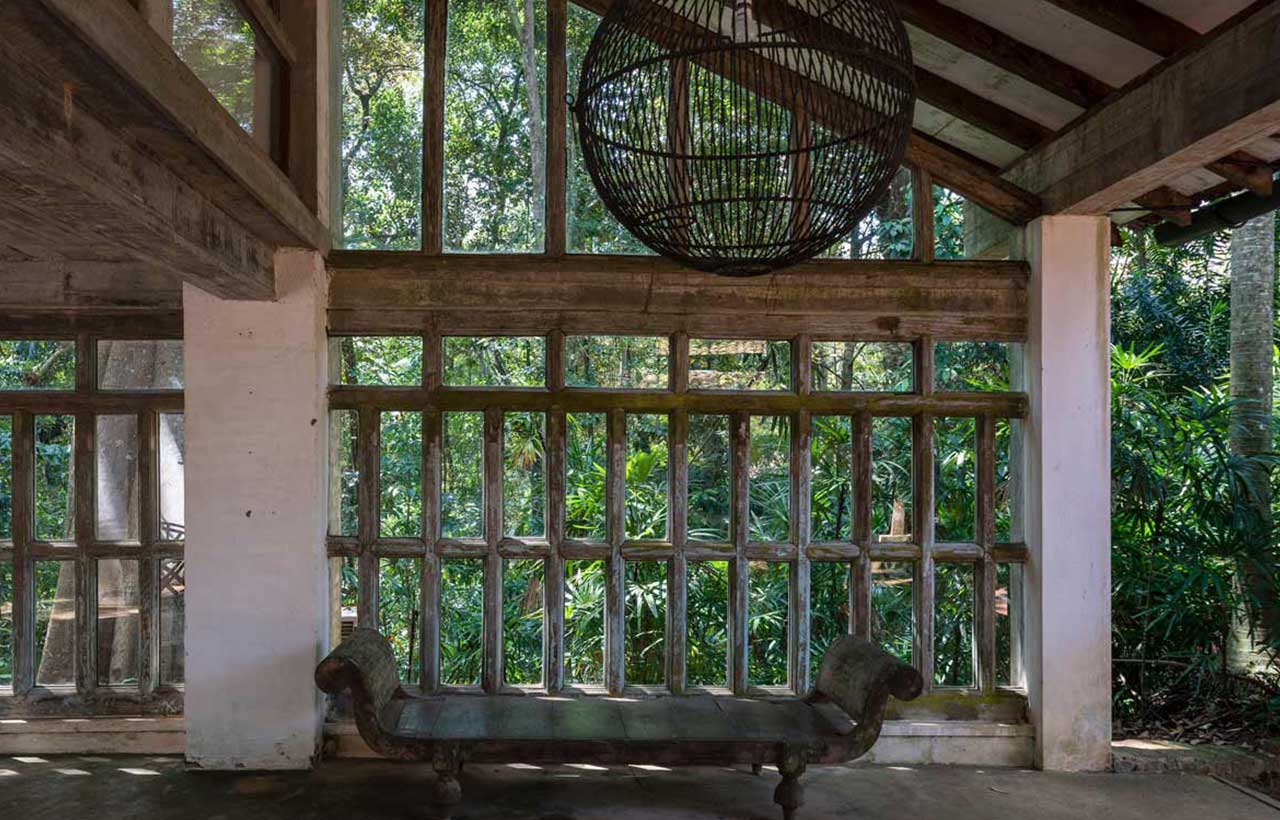 Bawa had foreseen the parliament building surrounded by water on all sides.The copper-clad pyramid roofs of the building, landscape design and the floating island structure gives it the rich grandeur it deserves. Having an artificial water body in a tropical country with high humidity poses the challenge of adding to it. The structure, however, counters it by good ventilation and the large no. of range smaller apertures in the façade. The ceremonial drive, a lengthy road that leads to the two entrances, is the building's entrance.
Bawa had foreseen the parliament building surrounded by water on all sides.The copper-clad pyramid roofs of the building, landscape design and the floating island structure gives it the rich grandeur it deserves. Having an artificial water body in a tropical country with high humidity poses the challenge of adding to it. The structure, however, counters it by good ventilation and the large no. of range smaller apertures in the façade. The ceremonial drive, a lengthy road that leads to the two entrances, is the building's entrance.
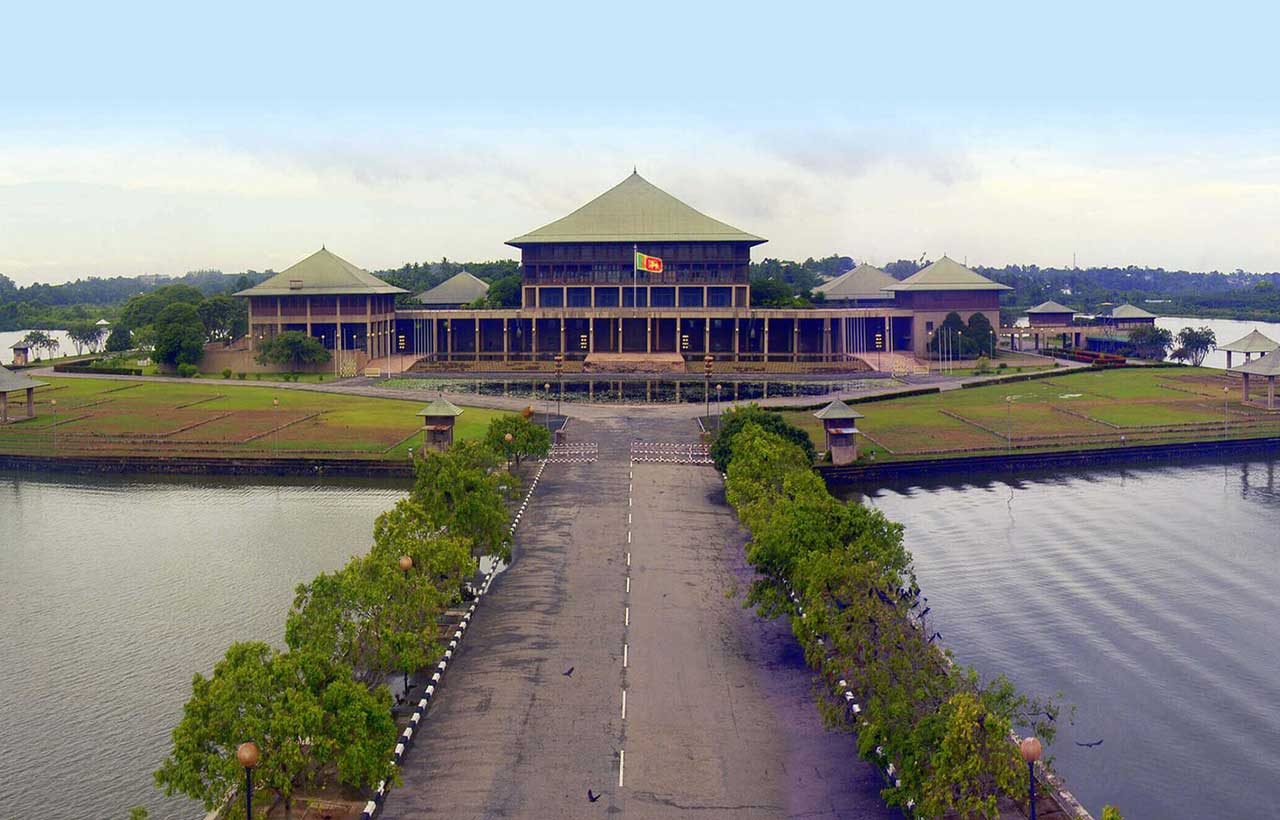 The Parliament Building
The Parliament Building
Sri Lanka’s most picturesque spot- Bentota has Bawa’s presence too. The subtle structural elements of the Bentota Beach Resort design garner praise from architects worldwide despite its simplicity. The design takes cues from traditional Sinhala Architecture, keeps the Dutch fortifications, and is inspired by Buddhist temple architecture. The primary layout is a simple square with cantilevered edges on the top floor that transform it into a trapezoid as we move vertically. Now termed as the Cinnamon Bentota Beach, Bawa took inspiration from the majestic Galle Fort and designed the hotel as an ode to Sri Lanka’s rich heritage.
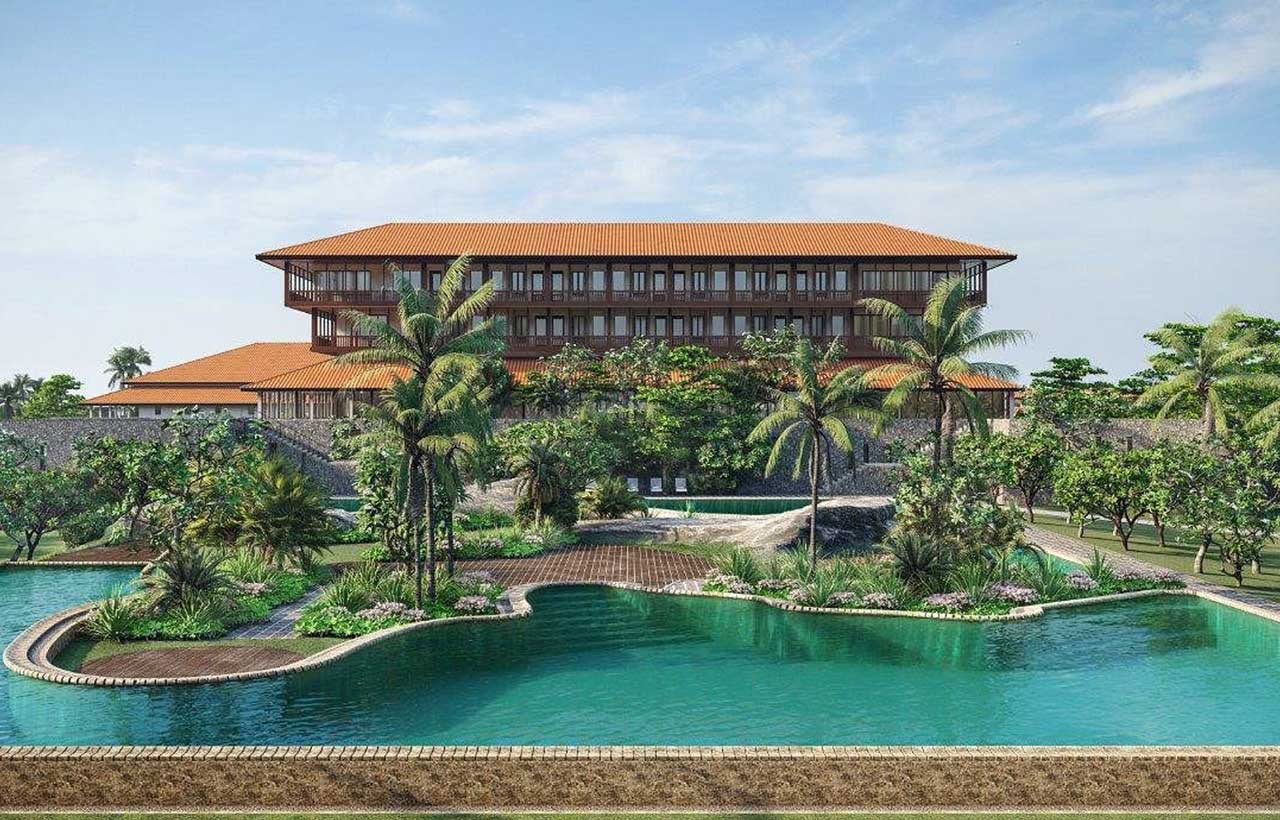 Bentota Beach Resort
Bentota Beach Resort
The Gallery Café on Paradise Road is a great place to spend an afternoon when visiting Colombo. Initially designed as a residence by Bawa, later it was converted into his offices when the client canceled the commission just before completion. Bawa used water bodies, trees, and the interplay of light and air to divide the area into three courtyards that together create a tropical haven. Today, the venue features a delicious menu with dishes from around the world and hosts monthly rotating exhibitions by established and up-and-coming local artists.
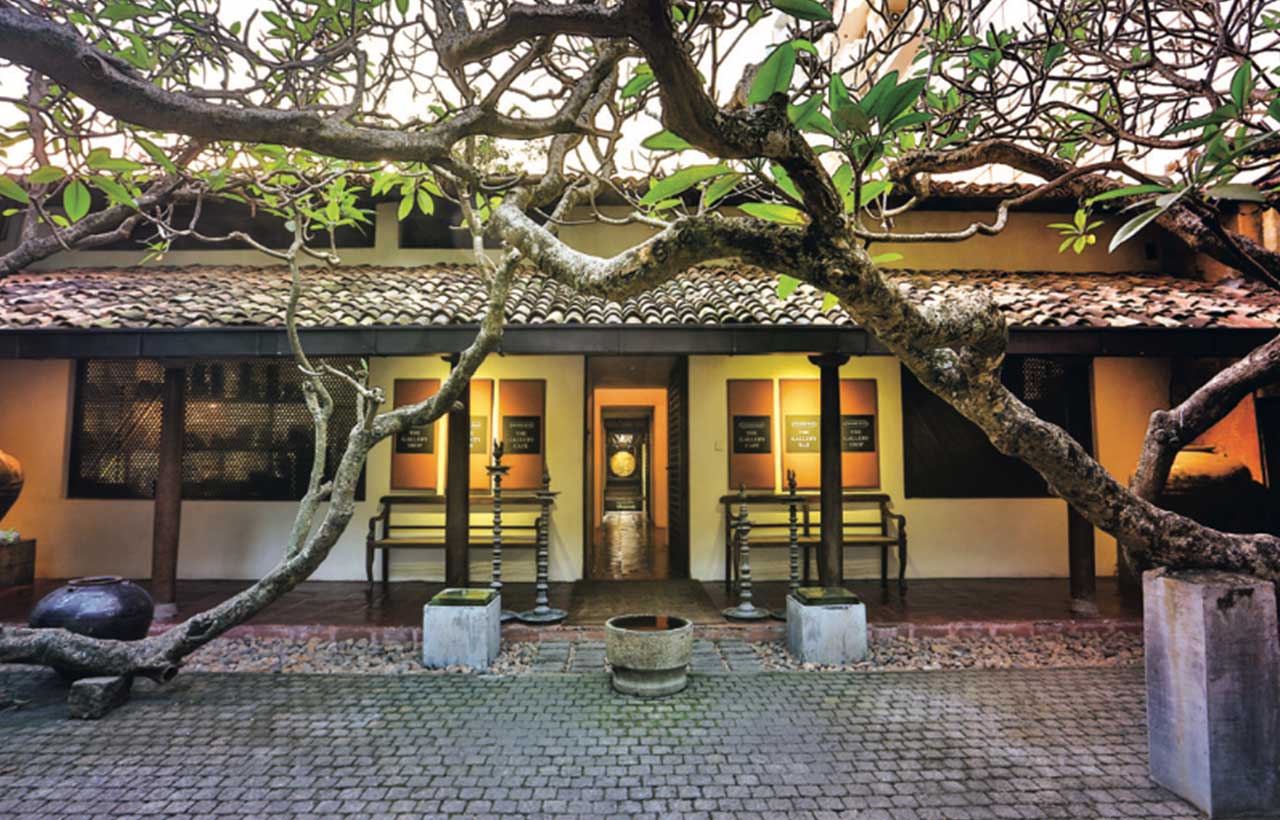 The Gallery Café
The Gallery Café
In the realm of education, Ruhana University Campus is a structural example of archival. The university's campus was built on a hilly landscape. The campus stretched across more than 50 blocks and was planned on an orthogonal grid aligned in the north-south direction. The materials used and the structure itself were inspired by Porto-Sinhalese architecture. Corridors or covered loggias connected the blocks. The garden courts and verandas are surrounded by a succession of variously sized pavilions.
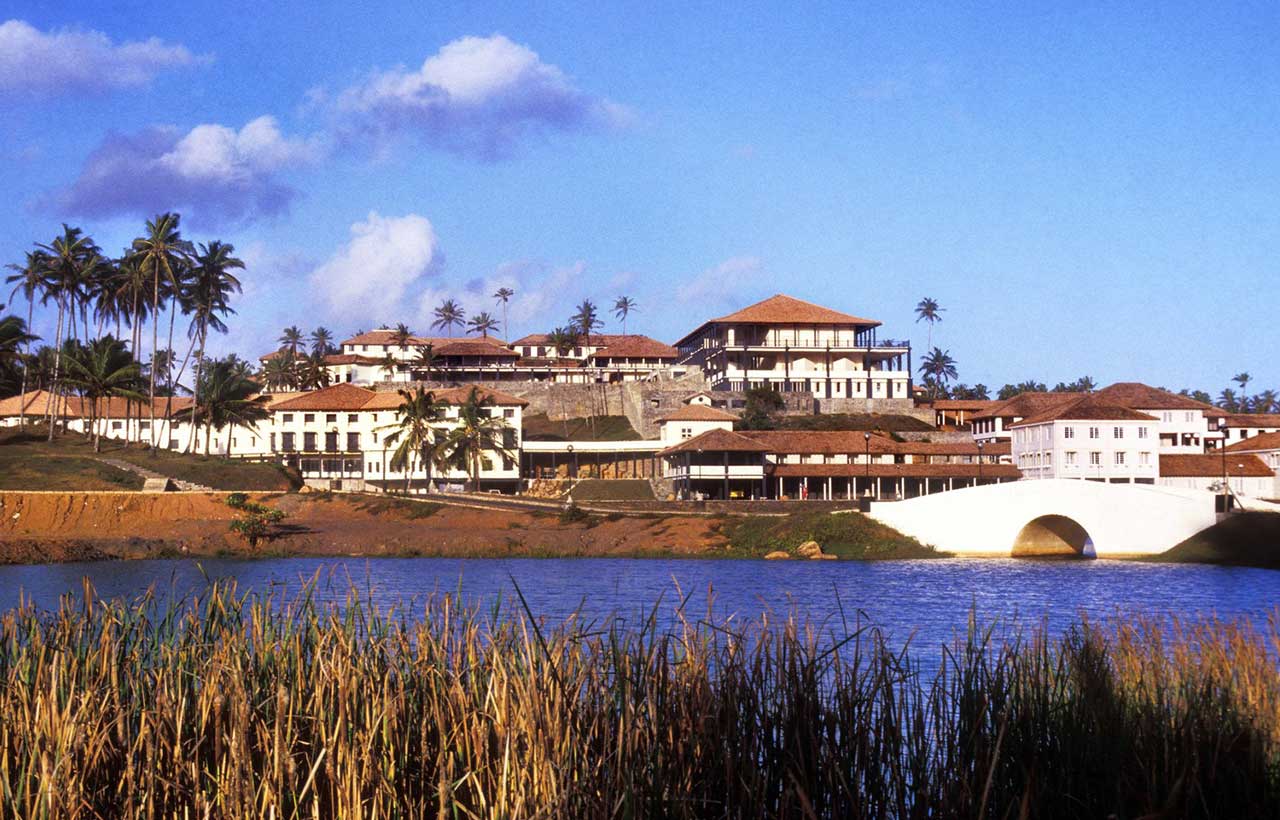 Ruhana University Campus
Ruhana University Campus
In the annals of architecture, Geoffrey Bawa's name continues to loom large, nearly twenty years after his passing. Widely regarded as the father of Sri Lankan Architecture, the designs will always live with the contemporaries.
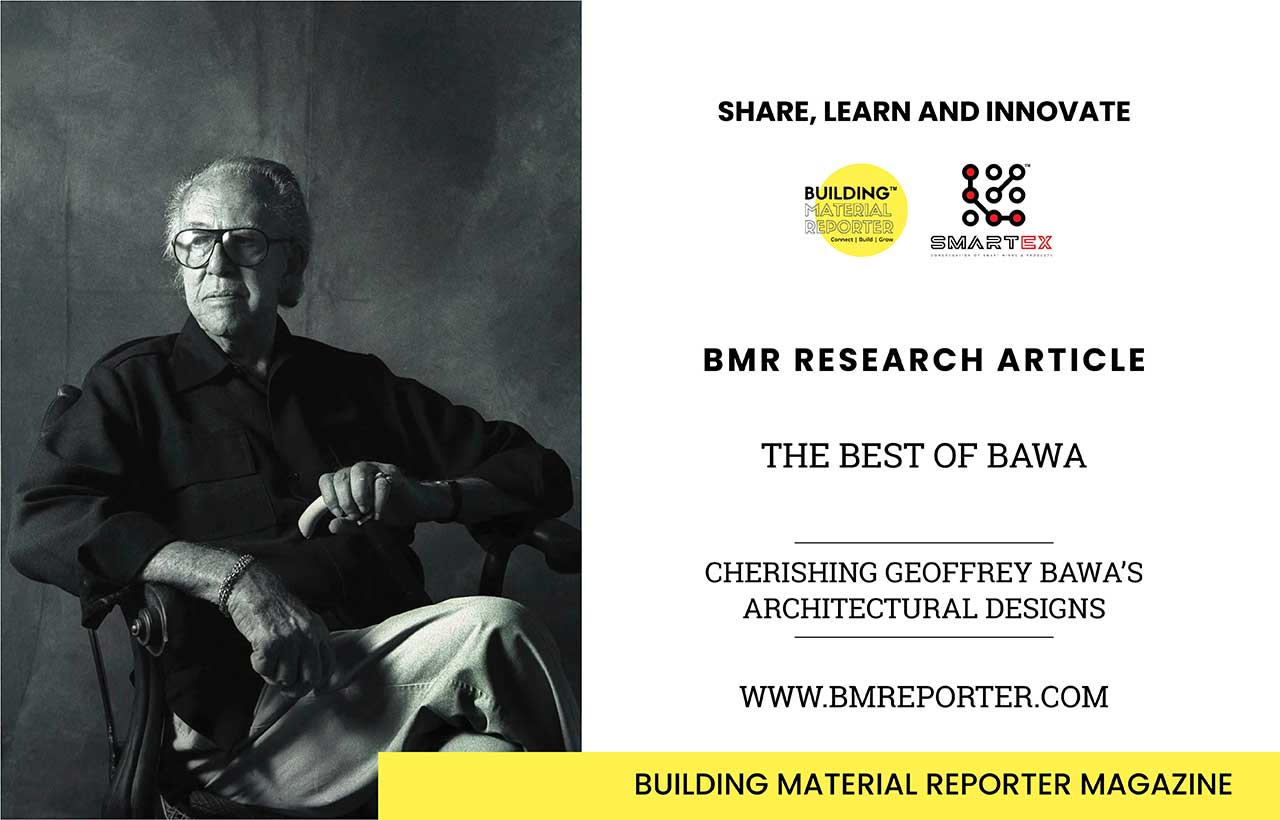 BMR believes in serving the best! Stay tuned with us for more ideas and news related to construction, home decor, interior design, new projects, architecture and innovative materials in the industry. Follow us for the latest news and stay updated.
BMR believes in serving the best! Stay tuned with us for more ideas and news related to construction, home decor, interior design, new projects, architecture and innovative materials in the industry. Follow us for the latest news and stay updated.



